Armory Show 2010
Armony Show Nueva York 2010.
ARMORY SHOW 2010
By Monica Casanova
Within hours of the Armory show opening its doors, New York’s art world got its mojo back. Big collectors strolled throught the aisles, including David Teiger, Eileen Cohen, the De la Cruzs and the the Scholls, while the glitterati arrived in the shape of Bjork, Sofia Coppola, Michael Stipe and the Scissor Sisters.
The real stars of the show though (held on Pier 92 on the Upper West Side) were the artists, represented by hundreds of galleries from around the world. Four days were not enough to see everything.
Upstairs included new and 20th century art, downstairs was contemporary. Upon entry we saw the figurative “ANSCHLAG” paintings of Volker Stelzman, depicting people passing out or falling, their lives drained (metaphors for the malaise and inertia of life in our current simulacrum?)
A Tony Ousler rotating motion lamp sold nearby, in an edition of fifty, for $975.
Two other Ousler pieces, “Red Ray” (2008, made of aluminum panel, chipplayer, and a TV image of a gesticulating mouth surrounded by a blood-like blob of red) and “Silverlock”(2004, fiberglass sculpture & video projection) stood out as among the best pieces on display. The latter was a pretzel shaped tube with talking eyes and mouths projected on it.
A Chagall oil on canvas from 1968, “Le Village Jaune” made strong use of colors with luminous red, warm and bright orange, gleaming green and cerulean or cyan oxide used to transcend the limits of the apparent and concrete by rendering wonderful everyday occurances.
A 1914 Modigliani portrait of Diego Rivera depicted the artist during a time when he briefly lived in the Parisian flat of the Mexican painter and later husband of Frida Kahlo.
Represented by Die Galerie, the piece featured wild expressionistic brush strikes and a kind of pointillism in blue and black against an ochre background.
Standout pieces for this gallery were two untitled Roberto Matta oils from 1950 selling for $225,000.
Photorealism was on display in a Richard Estes piece from 2009, “Columbus Circle;” Gotfried Helnwein’s “Head of a Child (10)” oil and acrylic on canvas; and Chuck Close’s “LYLE” 2003, color silkscreen.
Fernando Botero was represented by several galleries, with his paintings of fat ladies, circus performers and sculptures of fat horses and reclining women.
Other standouts were by Allen Jones: “Reno;” Roy Lichtenstein: “Brush Stroke;”
James Rosenquist: “Fleur de Tabac;” Michael Wolf: “Transparent City” (large digital c-prints of skyscraper windows seemingly multiplied to dizzying effect;) Andy Warhol and Jean Michael Basquiat: “Outlaws Hssssss;” Georgia O’Keefe: “Leaves of a Plant (Bromeliad);” and lots of Tom Wesselmann.
Gallerie Michael Schultz featured Gilbert and George “Blood on Sweat” in addition to Zou Cao’s “Chairman Mao” (2010) featuring 15 oil on canvas portraits measuring 90 x 90.
Niki de Saint Phalle, represented by Nohra Haime Gallery had a glass and mirror mosaic entitled “Double Tete” in addition to “Trilogy of Obelisks;” and “Dancing with You (Remembering) (Nana Yellow) on painted polyester.
By the time I got to a booth with Dorthea Tanning paintings, my head was spinning.
A later display booth featured a small Calder mobile behind a red rope on a table.
Since mobiles are made to move, I blew on it gently and watched the delicate apparatus of colored metal gracefully alter its position. My peaceful interaction with Calder was abruptly killed by a mean old man in a suit who came over and said
“I would rather you not do that. I want you to stop it now.”
With his hand he stopped the mobile from moving.
(Touching it caused more theoretical damage to it than my air molecules.)
“I couldn’t help it,” I replied. “Breathing is involuntary.”
“I want you to stop it,” he growled menacingly.
“I was collaborating with Calder.”
“I understand what you think you’re doing but I’m asking you to please stop it.”
Would I be ejected for breathing?
“Calder would have loved it,” I replied, laughing at the poor fool as I walked away.
The cretins nervous intervention distilled the essential stupidity of art curatorship.
He was determined to kill Calder’s art.
Calder made the piece to subvert its mummification by enabling it’s rebirth any time someone blew on it.
When I did so, I brought it back to life and helped fulfill Calder’s intent.
He called them mobiles.
They were made to move.
Kinetic art must move, or it no longer exists as art. No longer a spectator, I became a collaborator when I freed it from the constraints of it’s immobility. The owner , an ersatz prison guard was unable to kill the thing that was made to move. This made him feel threatened. Calder’s mobiles enable us all to be artists when we make them move.
This essential lesson was fortunately not lost on the owner of Jesus Rafael Soto’s “Gran Mural,” who encouraged me to touch and play with the aluminum rods lit by fluorescent lamps as part of a freestanding wood and paint construction. Composed of over 1500 standing and hanging metal elements which appear to vibrate and shimmer as one passes by, it was first displayed in 1967 in Venezuela as a piece of kinetic and op art.
Placed at the far end of the pier, people seemed delighted to interact with it.
Sotos, quoted about another piece “cruz colalto y limon” said
“The immaterial is the sensible reality of the universe. Art is the sensible knowledge of the immaterial. Becoming aware of the immaterial at the state of pure structure is to make the final step towards the absolute.”
Downstairs we encountered strange busts sculpted out of stacked books, held together with wires, created by Wim Botha of Capetown, along with Damien Hirst’s 8 skulls on two color foil block prints entitled “The Dead.”
Ian Davis painted a futuristic depiction of a sci fi interior in acrylic on linen entitled “Hubris.”
Other impressive works included Barry McGee’s colored kitsch comic art, Ida Applebroog’s “Monalisa” (mixed media on canvas in green evoking Leigh Bowery;) Jeppe Hein’s “Surrounding and You” (consisting of three rotating hanging circular mirrors;) Carol Feuerman’s “moran” (sculpture of a wet swimming girl;)
Mounir Fatami’s “Dead or Alive” (acrylic on paper depicting a red skull with beard and teeth;) R. M Fischer’s vinyl, fabric, felt, thread, brass, stainless steel, wire, aluminum and polyester fiberfil constructs which bore a playful, do-it-yourself quality.
Other notable pieces were by Patrick Jacobs “Field with Fairy Ring Fungus” made of styrene, neoprene, hair, paper, polyurethene, foam, steel, lighting behind an 8 inch glass depicting a three dimensional miniature field; Daniel Firman’s “Grey Matters;” Piotr Uklanski’s “Untitled” and a mixed media collection of bizarre creatures in weird organic costumes by Nick Cave entitled “Soundsuit.”
Kristof Kintera created a talking crow on a branch wearing clothes, swinging his feet, repeating in a gutteral voice phrases such as “Private security, private disaster. Crazy, chaos, chaos! Pay taxes, pay, pay! CRISIS!! Pride, security!!” This was one of the best pieces, attracting perplexed stares.
Adam Mkewen created a yellow room with a giant yellow swastika entitled “I Am Curious Yellow.” Ignacio Lang from Tel Avib made an ethnic knitted Klan suit.
Joachin Schonfeldt placed a stuffed cow on top of a cougar on top of a buzzard on top of a turkey.
Andy Golub painted a girl nude and had her walk thru the aisles. He had a camera crew follow her around the show. Security at first forbade the nudity, then changed their minds.
Dimitris Andreadis, a 30 year old from Athens painted portraits of himself and friends in oil on cardboard sheets found in the streets. They had a raw quality that stood out, with bold strokes and spray painted flourishes.
Dazzled by the sheer size of the two floored Armory show, we exited, having surveyed the largest presentation of art from around the world in two crowded days.

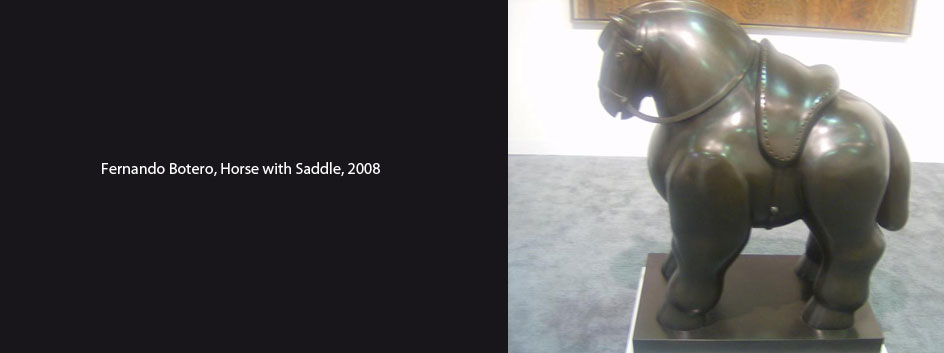
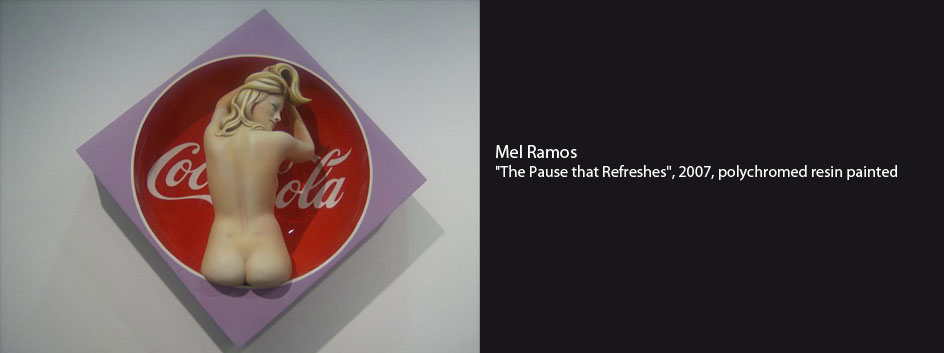
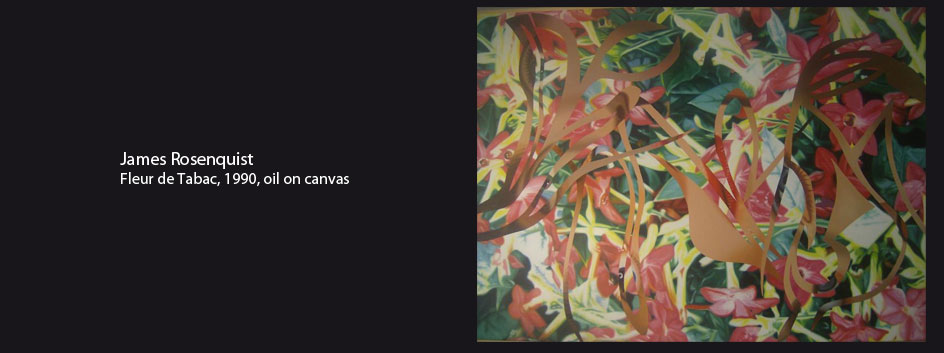
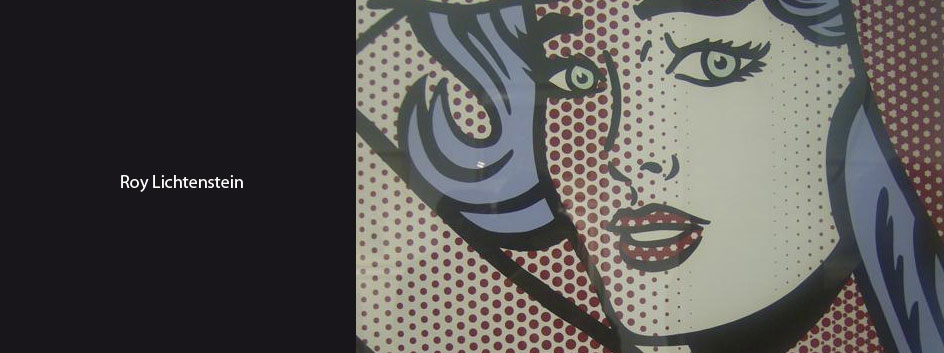
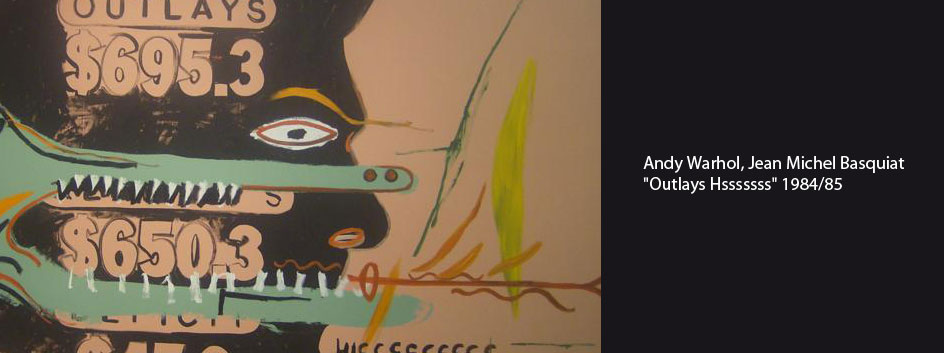

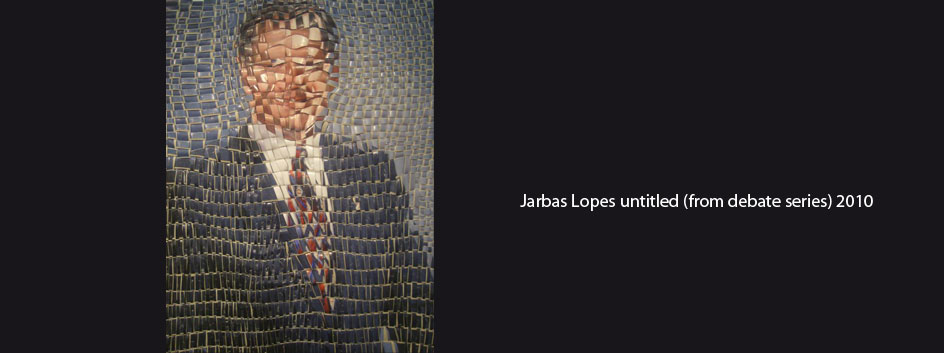
Comenta